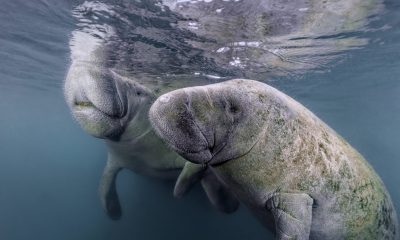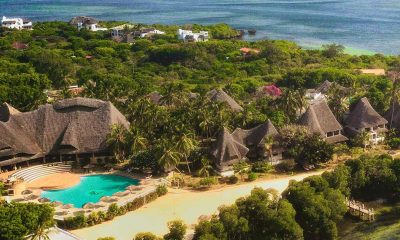Blogs
Dive Indonesia Part 1: Ambon Trip Report
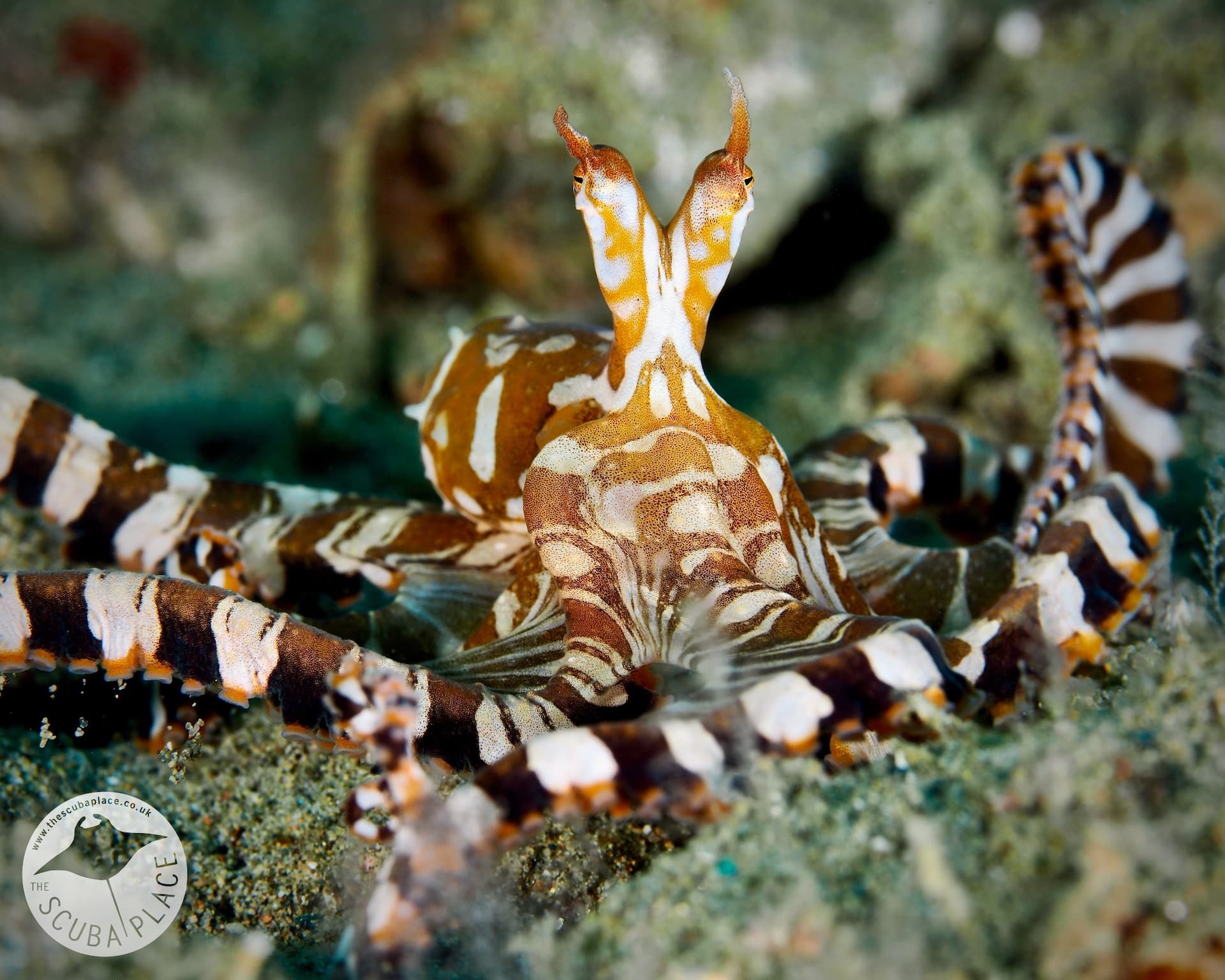
This January The Scuba Place visited Ambon, Raja Ampat and Lembeh hosting a group of divers. They stayed at some amazing resorts and saw some amazing things. This is their trip report for the first stop in Ambon at Spice Island Divers.
It seems that I start so many trip reports with “We had a trip scheduled here, but then COVID came…” but sadly, this is true. Two plus years later, and the world has almost returned to a full normal. We had planned a trip to Ambon having heard so much about it in the past, and with two other destinations to check out we bolted on a stay at Spice Island Dive Resort.
Our journey took us from London Heathrow to Dubai, and after a three-hour leg stretch, on to Jakarta. Immigration in Indonesia is Visa on Arrival for 500,000IDR or $35USD. We paid in USD and only our unmarked and undamaged bills were accepted. And we found the same to be true at the currency exchange desks in the arrivals area of the airport when we exchanged our Sterling for Rupiah. The Custom Declaration can be completed ahead of arrival and the QR code is all you need to show.
We arrived in the late afternoon, so we chose to stay the night in a local airport hotel, the FM7. The hotel is about 10 minutes away from the airport, and transfers to and from the hotel are free of charge if pre-booked. After a full day (and night) of travelling, any hotel bed will normally do, but the FM7 has lovely clean rooms, super-comfortable beds, and showers with plenty of power – everything the tired traveller needs! The rooftop bar is the place for cocktails and snacks, and the restaurant on the ground floor has a huge menu, with Thai, Indonesian and Western offerings. Everything we ordered was super tasty, fresh, and incredibly well-priced. A two-course meal with a beer cost about £10 per person.
After a great night of sleep and a huge breakfast (buffet included in the room rate), we took the shuttle back to the terminal to catch our onward flight to Ambon with Garuda Airlines. The 3-hour direct flight is as comfortable as any EasyJet flight and divers get an additional 23kgs of allowance for dive equipment, over and above the standard 20kgs allowance.
Descending over the mountains and rainforest was spectacular – and within just a few minutes of landing, our baggage was arriving on the conveyor belt, and we were straight out into our transport to the resort. And just 10 minutes later, we arrived at our home for the week!
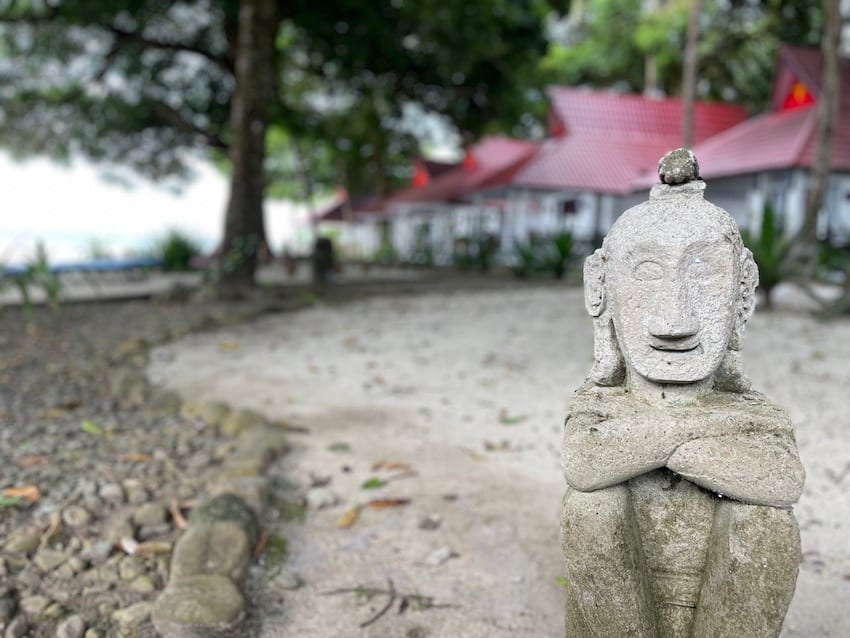
Spice Island Dive Resort is one of just two dive resorts currently operating on the island of Ambon –tourism was non-existent until recently, and many operations on Ambon suffered dramatically during and after COVID.
As one of the survivors, it is safe to say that this is an established operation, but it is still small! A handful of just nine seafront villas and a traditional longhouse with four garden view rooms make up the accommodation. All rooms are air conditioned, have desks and wardrobes, and en-suite shower rooms. They are very spacious, and accommodate two divers with kit, clothes, cameras and laptop. The rooms all have two desks and two wardrobes, a UPS/current stabiliser, and extension leads provided plus drinking water and a kettle with tea and coffee. The beds couldn’t have been more comfortable, and the air-conditioning works very well – a much needed provision for the first day or two until we became acclimatised to the heat and humidity!
Meals are served in the open-air restaurant on the water’s edge, and the food was exceptional – a solid breakfast of eggs, nasi goreng, pancakes, or oats and plenty of fruit and juice too. Lunch is three courses, beginning with a starter, followed by a main, and then fruit for pud. Dinner tended to be a bit of a bigger meal, with a delicious soup or more solid starter, followed by a main, and then a proper pud! The style is very much Indonesian – rice, noodles, spice and flavour, and the kitchen toned it both up and down for us when it came to the spicing. Each meal was freshly cooked, and the chef was very happy to accommodate requests and preferences as well as any dietary requirements. At the end of the day, it was the done thing to sit in the open-air lounge with the bar and watch the world go by with an ice cold Bintang. When in Rome…!
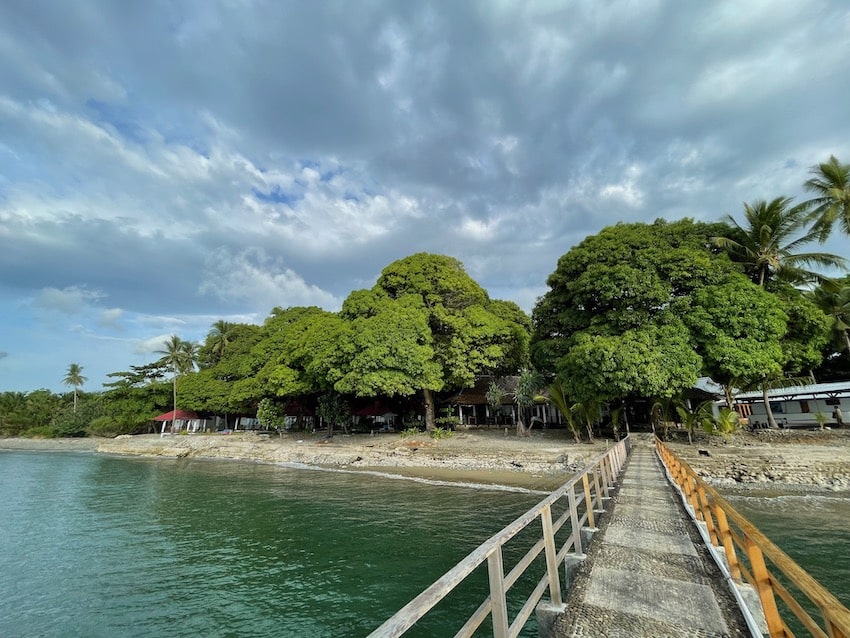
The dive centre is right on site and is equipped with large rinse tanks and outdoor showers, toilets, and benches for getting ready on. There are shelves with baskets for dry stuff that you don’t take on the boat with you. NITROX was included in our package, and 15l cylinders were available to rent. A new indoor classroom and retail shop was under construction, and we expect it will be a nice addition.
The air-conditioned camera room is next to the bar area on your way to the dive centre and has cubbies with power sockets, towels and storage for camera bags. At the dive centre there are camera rinse tanks and air guns.
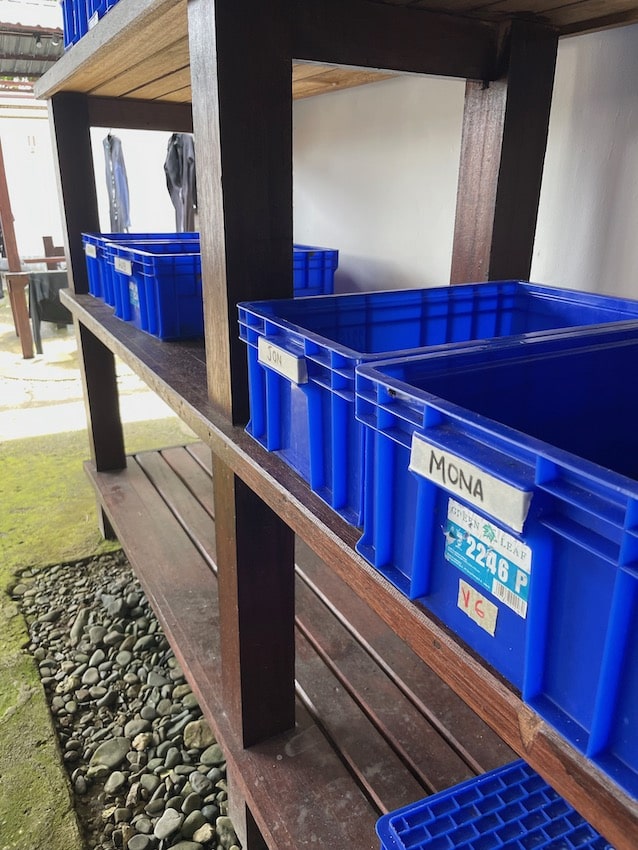
The dive boats, each of them taking only 4 guests at a time, are a short stroll down the jetty. Wet-suited and booted up, you make your way to the boat where all your kit and cameras have already been placed – this really is valet diving! We even had to ask to analyse our own Nitrox – the staff really do look after everything for you!
And the diving?? WOW! and WOW! again! We did two dives each morning with a surface interval on the boat where we were fed cakes and teas, and then a dive after lunch too. The dives are a blend of sand, muck and reefs made up of small coral bommies. We didn’t hit a depth more than 25metres but could have if we had felt so inclined! There was so much to see that we didn’t need to go deep or move very far most of the time!
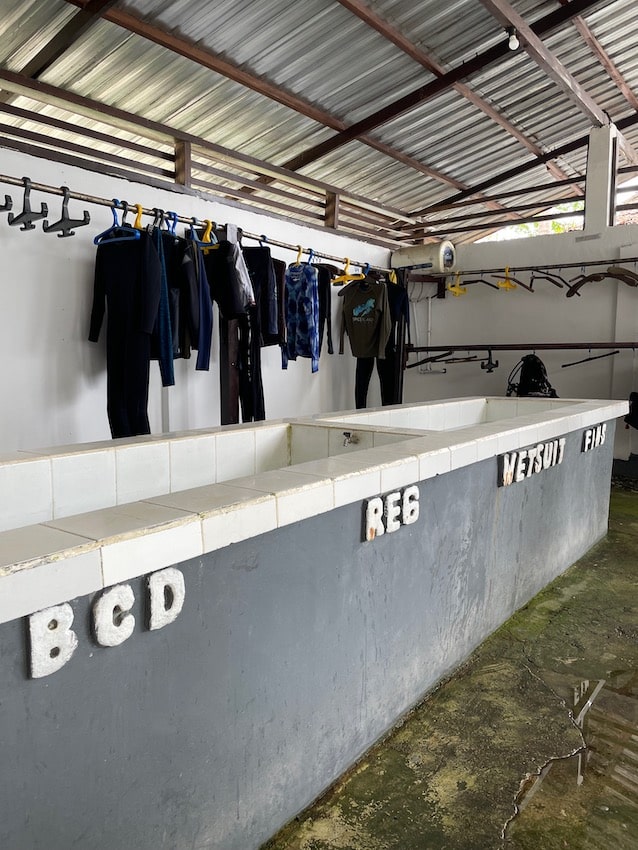
The list of critters we encountered is endless, and we had a checklist of everything that we wanted to see, including Harlequin shrimp, wonderpus, mimic octopus and pygmy seahorses. We saw EVERYTHING, including two Wonderpus mating! Our photos can do the talking, but look carefully at them, especially the octopi – zoom in and you will see a female wonderpus under the stretched skin of the male in the immediate foreground!
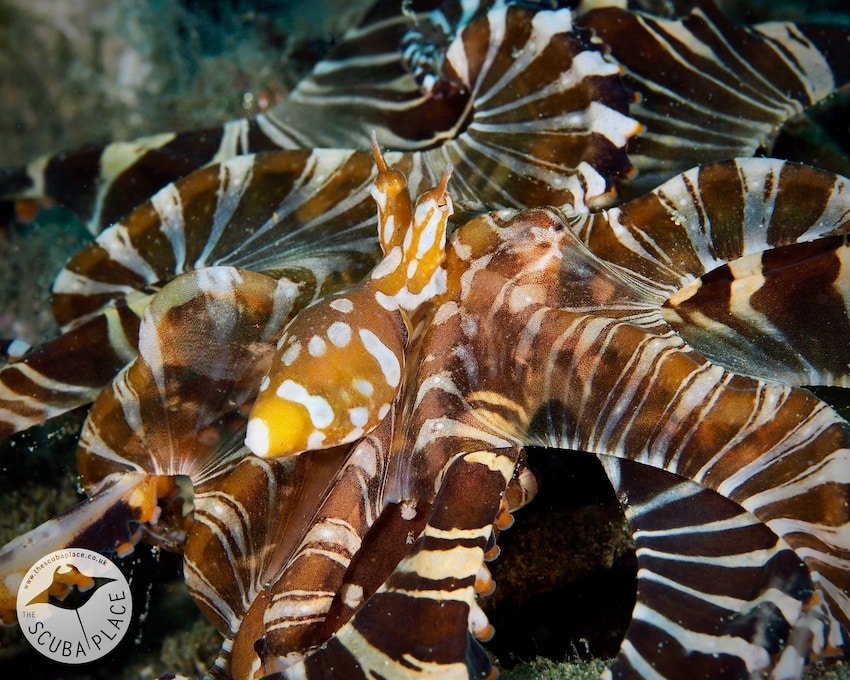
The afternoon dives brought on some current, so we opted for more of the reef-type offerings rather than fight currents whilst diving the muck, and we even hit one or two of the piers along the coast too – these provide some shelter, great backdrops, and home to more amazing marine life. Here we found warty and painted frogfish, nudis galore, more octopus, snake eels, morays, ribbon eels and much more.
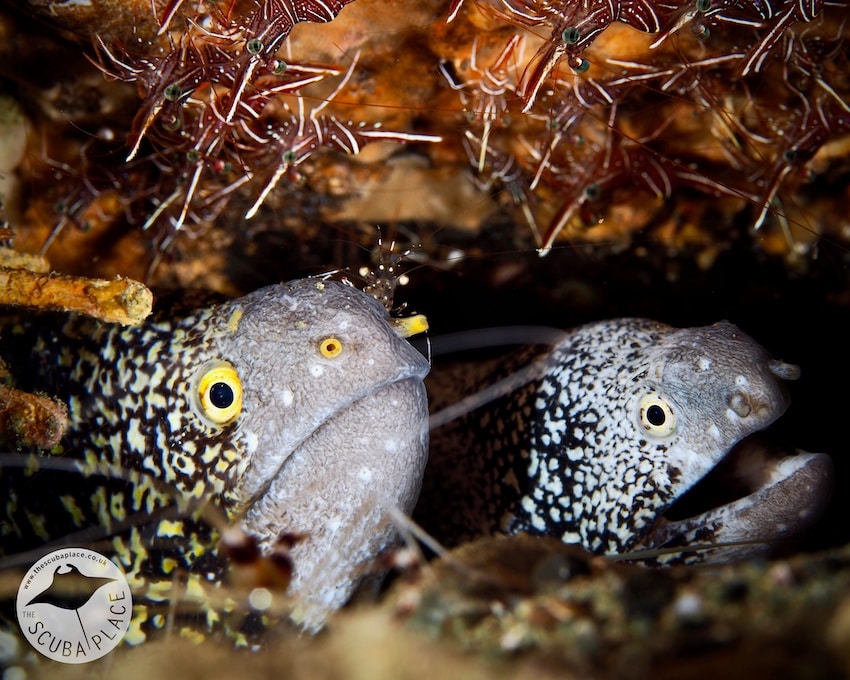
The visibility throughout our stay, even with a bit of rain, was normally 15-20m and the water temperature was a balmy 29’. Our group wore 1 to 3mm full suits and had no issues in maintaining core temperatures on 70-90 minute dives!
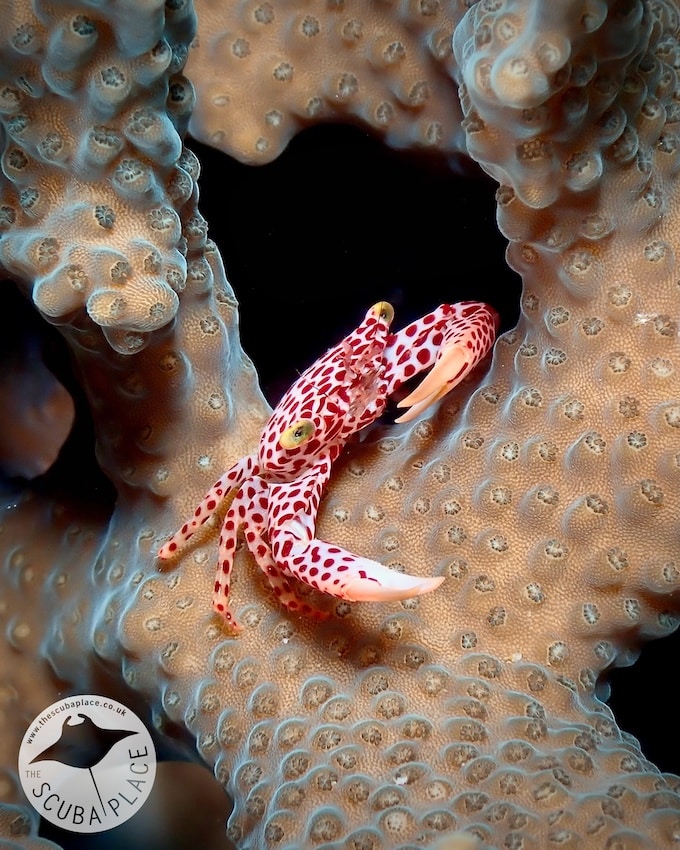
If you want a quiet and relaxed destination that delivers amazing diving with amazing guides, good accommodation, and great food, and you’re a critter-fan, then Ambon is for you!
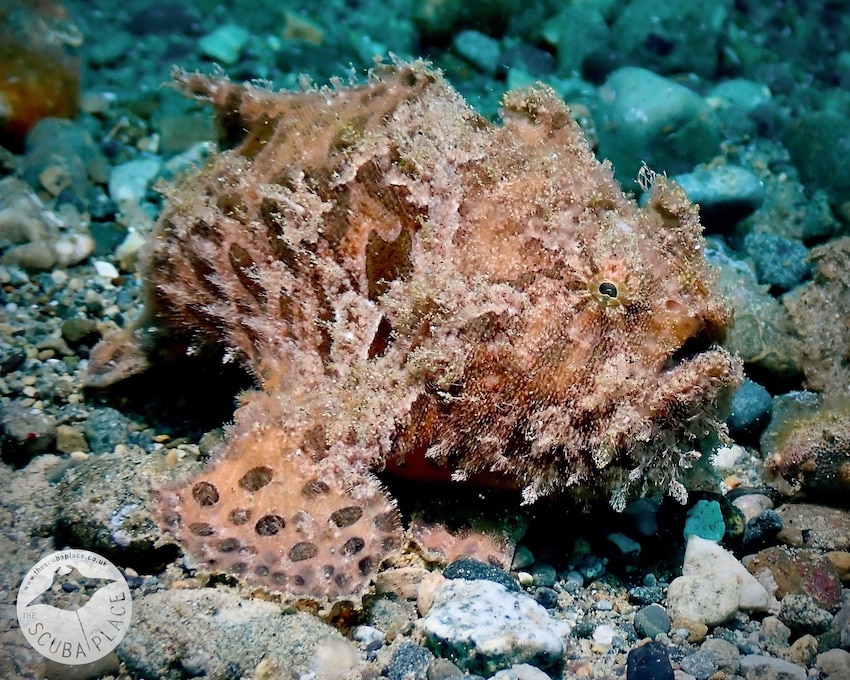
We loved it and will go back without any encouragement. We would stay happily for a week to ten days before moving on – there is so much diversity in Indonesia that it would be a shame not to make the most of the opportunity to fly on to another island. Which is exactly what we did…. Watch this space for our trip reports on Raja Ampat and Lembeh!!!
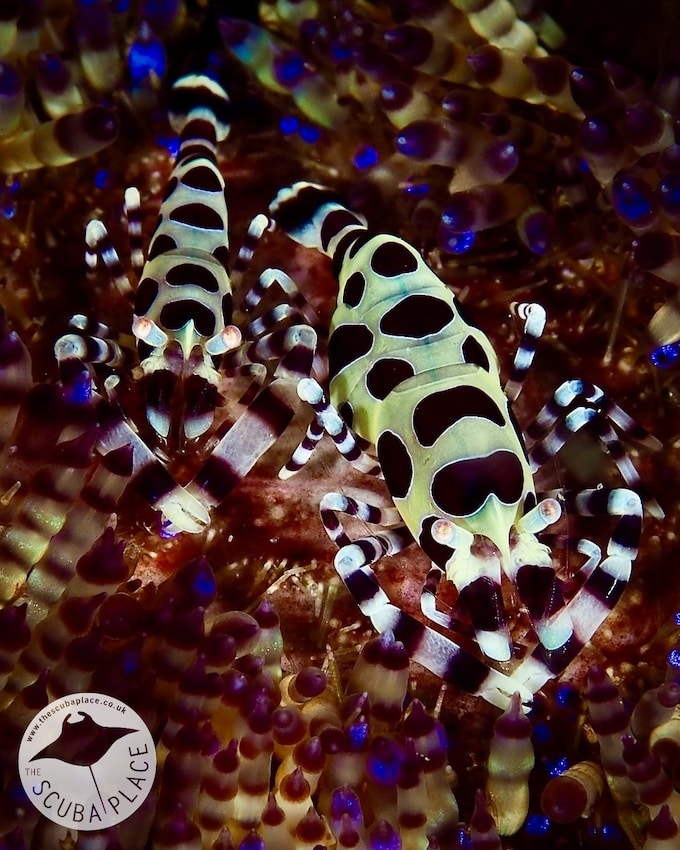
Key Facts:
- Getting there :Our flights were with Emirates flying from Heathrow to Jakarta via Dubai. We spent the night in Jakarta at the FM& Hotel just down the road from the hotel for a sleep and breakfast before heading back to the airport for our 3 hour flight from Jakarta to Ambon. We were picked up at the airport for a short 15 minute drive to the resort.
- Air temperature : Tropical – average daily temperature throughout the year is 24-30°C. The warmest and driest months are April and May and the wettest months are usually July and August
- Water temperature :An average of 29°C. A 1-3mm full suit or shorty will suit most.
- Visa requirement : We purchased our Visa on Arrival at the Jakarta airport for $35USD (or 500,000IDR) The visa for an initial period of 30 days. Make sure you have pristine bank notes if paying in USD or exchanged GBP when you get to Indonesia. The bills must be unmarked and undamaged to be accepted. The Customs Declaration must be completed online and the provided QR code is shown to the Customs officers.
- Currency : Indonesian Rupiah(IDR) or US Dollar are accepted most places. We exchanged Sterling for Rupiah at the Jakarta airport for an attractive rate and paid our bill in Ambon with Rupiah.
- Electricity :230V with European style (round pin) two-prong plugs. Our room and the camera room had extension leads with UK plugs so no adapter was needed.
- Internet and Wi-Fi : There is wifi in resort and worked well in our room which was furthest from reception. We were able to email, WhatsApp and post on social media without issue.
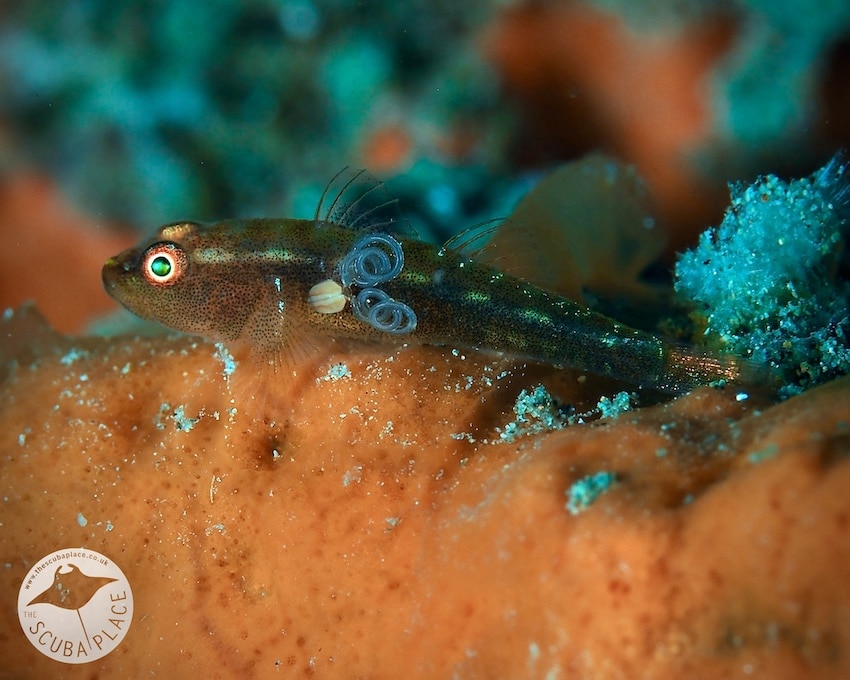
Price Guide: Expect from £2650 per person based on two sharing a garden longhouse room for 7 nights with 6 days diving – 3 dives per day offered. Free NITROX and full board with amazing food. International flight. Extras : Indonesian Visa on Arrival, soft drinks and adult beverages, and tips.
Our Advice: Indonesia is an amazing destination. We made our stay in Ambon the first stop of our three-centre trip to take advantage of the travel distance. Go Explore!
We’re heading back to Indonesia in January 2025 and Ambon is our first stop again before Triton Bay and Lembeh. Check out our brochure with full itinerary here.
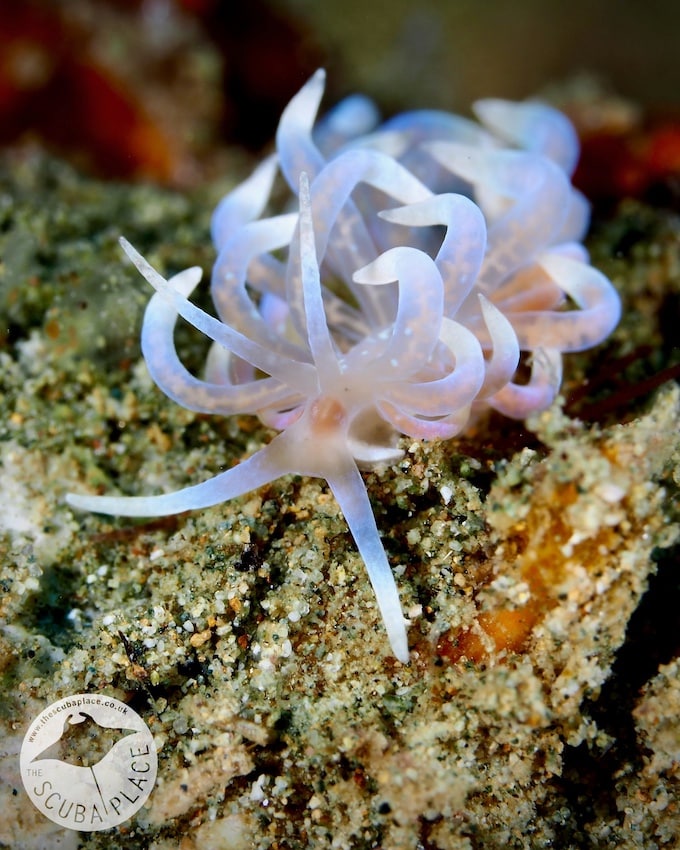
Packing tips :
Rechargeable fan(s) : If you’ve read any of our recent trip reports we recommend these over and over again. Perfect for warm planes, stuffy transfers and still evenings. We can’t believe we travelled without them for so many years! Join the fan club and grab one off Amazon… you won’t regret it!
Insect repellent : We’ve made a habit of throwing some repellent in our dive bags every trip but with the lovely breezes we didn’t suffer the mozzies much at all!
Sunscreen : Don’t forget to protect yourself when you’re in the sun and on the water!!
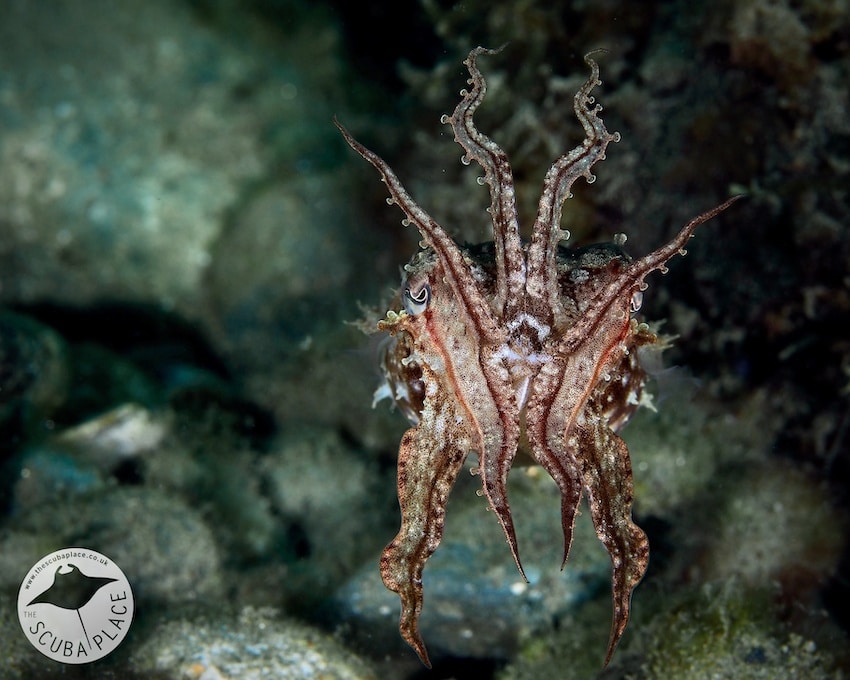
Come Dive with Us!
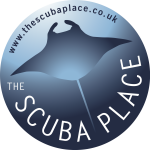 The Scuba Place designs and builds custom scuba diving holidays. With personal knowledge and experience diving in many of our destinations, there is no one better to help build your dream dive holiday. Come Dive with Us!
The Scuba Place designs and builds custom scuba diving holidays. With personal knowledge and experience diving in many of our destinations, there is no one better to help build your dream dive holiday. Come Dive with Us!
Call us at 020 3515 9955 or email at reservations@thescubaplace.co.uk
Find us at https://www.thescubaplace.co.uk
Facebook : https://www.facebook.com/thescubaplace
Instagram : https://www.instagram.com/the.scuba.place/
YouTube : https://www.youtube.com/channel/UCH684OdioYirI-zzdT58Ceg
Blogs
Heading out on the water this Summer? Watch for manatees
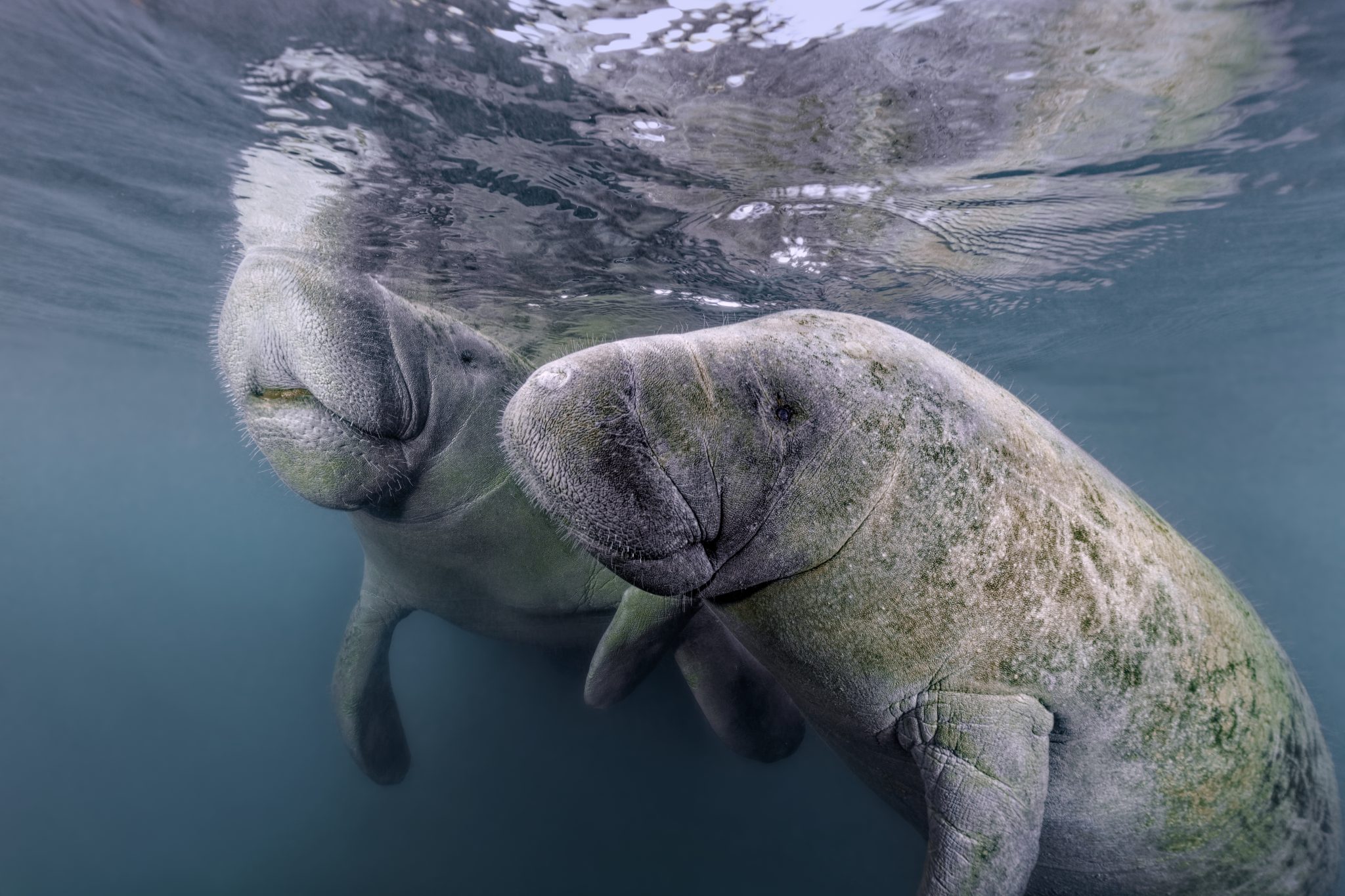
As National Safe Boating Week approaches, Save the Manatee® Club is urging boaters, and anyone that enjoys Florida’s waterways, to respect and protect the defenseless manatees that inhabit our shared waterways. From May 18 to 24, leading up to Memorial Day Weekend, the campaign aims to raise awareness about recreational boating safety and the importance of safeguarding imperiled manatees during the summer boating season. This week also emphasizes the importance of encouraging boaters to enroll in a boating safety course.
Manatees are semi-migratory marine mammals that are commonly found in shallow estuaries, bays, rivers, canals, and coastal areas throughout Florida and neighboring states. With some manatees venturing as far west as Texas and as far north as Massachusetts, collisions between these gentle giants and watercraft have become distressingly frequent. Boat propellers and high-speed collisions pose significant threats to manatees, often resulting in severe injuries or even death.
Save the Manatee Club is calling on all water enthusiasts to follow essential manatee safety tips to ensure the well-being of the imperiled manatee:
- Obey Speed Zone Signs: Familiarize yourself with and adhere to posted speed limits to prevent collisions with manatees.
- Reduce Glare with Polarized Sunglasses: Wear polarized sunglasses to enhance visibility and spot manatees below the water’s surface.
- Recognize Manatee Signs: Learn to identify signs of manatees in the area, such as swirls or flat spots on the water caused by their movements.
- Respect Manatee Sanctuaries: Keep a safe distance from posted manatee sanctuaries and avoid pursuing or harassing these marine mammals, as it is illegal and can disrupt their natural behaviors.
- Report Distressed Manatees: In Florida, promptly report distressed, injured, tagged, or orphaned manatees to the Florida Fish and Wildlife Conservation Commission (FWC) at 1-888-404-FWCC (3922). Outside of Florida, report sightings to the appropriate state agency or rescue organization. A list of agencies to contact is available at savethemanatee.org/report.
- Protect Seagrass Beds: Avoid boating over seagrass beds and shallow areas where manatees may be feeding. Stick to deep water channels while remaining vigilant, as manatees also utilize these channels during their travels.
- Dispose of Fishing Line Responsibly: Anglers should properly dispose of or recycle used fishing line to prevent entanglement hazards for manatees.
“Each year, National Safe Boating Week provides an excellent reminder for all of us to be aware that we share our waterways with vulnerable manatees,” emphasized Patrick Rose, Aquatic Biologist and Executive Director of Save the Manatee Club. “With the recent Unusual Mortality Event on Florida’s East Coast claiming an alarming number of manatees’ lives, it is more crucial than ever to prevent preventable deaths caused by watercraft collisions. By following manatee-safe boating guidelines, such as obeying speed zones and remaining vigilant for manatees, everyone on the water can contribute to the protection of these gentle giants.”
Save the Manatee Club offers a range of free materials to help safeguard manatees and raise awareness about manatee-safe boating practices. Shoreline property owners and park or marina managers can order aluminum dock signs to alert others about the presence of manatees in their areas. Boaters and paddlers can request packets containing a safety tips card, a waterproof boat banner, and a decal to display on their vessels, providing the number to report manatees in distress. To view and request these materials, visit savethemanatee.org/resources. Save the Manatee Club will also be hosting a live webinar for National Safe Boating Week on Tuesday, May 21st at 6pm EST. To register, visit savethemanatee.org/register.
Marine Life & Conservation Blogs
Book Review: Shells of the World

Shells of the World: A Natural History by M.G. Harasewych
Shells of the world is a guide to the world of marine, shelled molluscs. And what a varied and interesting world it is. Some of my favourite things to find on a dive are detailed in this book, including disco clams (or Electric File Clams as they are correctly names), the cephalopods, giant clams and sea hares. There are also many on my wish list, top of which is the Nautilus.
Each chapter provides a detailed description of the species, along with beautiful images. You can dive deeper and discover where they live, both with global distribution and the habitat they prefer. Learn about their diet, reproduction and diversity.
Having dipped in and out of this lovely book over the past few weeks, it has inspired me to learn more about this group of animals that we see on most divers, wherever we are in the world. Some of the shells are incredibly intricate and beautiful. I have always agreed with never collecting, or touching, marine life. The description of a certain set of cone shells should be a warning to those that are happy to pick up marine life! One of the cone shells has a local name called the cigarette snail. Why? Because once the venom is in your system from this animal, you only have time to smoke one cigarette before the affects of the venom are fatal!
What the publisher says:
Mollusks are invertebrate animals with a remarkable natural history and a rich fossil record, and their shells are prized for their breathtaking variety and exquisite beauty. Shells of the World provides a wide-ranging look at the incredible diversity of marine mollusks. An informative introduction outlines the lineages covered, followed by a directory section, split into classes, that profiles a broad selection of different taxa to give a sense of their sheer numbers and variety.
- Features hundreds of beautiful color photos, depicting both the live animals and their shells
- Discusses mollusk evolution, anatomy, life cycles, behavior, and ecology
- Describes unique characteristics, distribution, habitat, and size
- Provides valuable insights into the conservation of the world’s marine mollusks
- Ideal for malacologists and shell collectors everywhere
About the Author:
M. G. Harasewych is research zoologist emeritus and former curator in the Department of Invertebrate Zoology at the Smithsonian Institution’s National Museum of Natural History. A fellow of the American Association for the Advancement of Science, he is the author (with Fabio Moretzsohn) of The Book of Shells: A Life-Size Guide to Identifying and Classifying Six Hundred Seashells.
Book Details
Publisher: Princeton University Press
Hardcover
Price: £25
ISBN: 9780691248271
Published: 9th April, 2024
-

 Marine Life & Conservation Blogs3 months ago
Marine Life & Conservation Blogs3 months agoCreature Feature: Swell Sharks
-

 Gear Reviews4 weeks ago
Gear Reviews4 weeks agoGEAR REVIEW – Revolutionising Diving Comfort: The Sharkskin T2 Chillproof Suit
-

 Blogs2 months ago
Blogs2 months agoMurex Resorts: Passport to Paradise!
-

 Blogs3 months ago
Blogs3 months agoDiver Discovering Whale Skeletons Beneath Ice Judged World’s Best Underwater Photograph
-

 News3 months ago
News3 months agoPADI Teams Up with Wellness Brand Neuro to Drive Ocean Change and Create a Blue State of Mind
-

 Gear Reviews3 months ago
Gear Reviews3 months agoGear Review: Oceanic+ Dive Housing for iPhone
-

 Marine Life & Conservation2 months ago
Marine Life & Conservation2 months agoSave the Manatee Club launches brand new webcams at Silver Springs State Park, Florida
-

 Blogs2 months ago
Blogs2 months agoSeagrass Awareness Month brings critical food source for Manatees to centre stage



